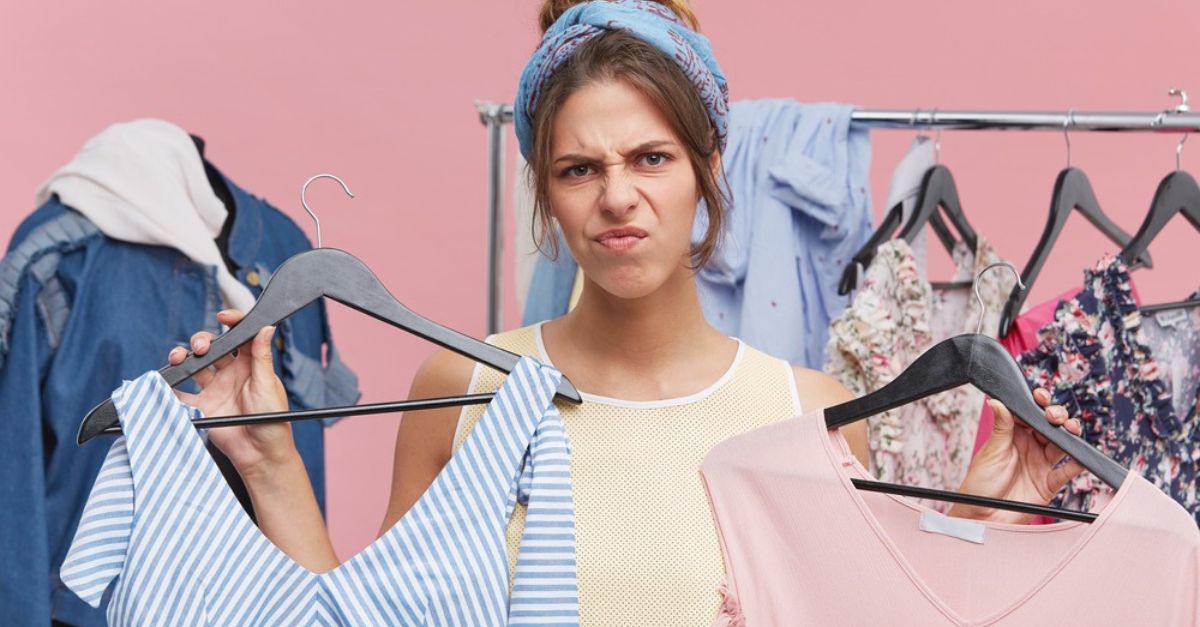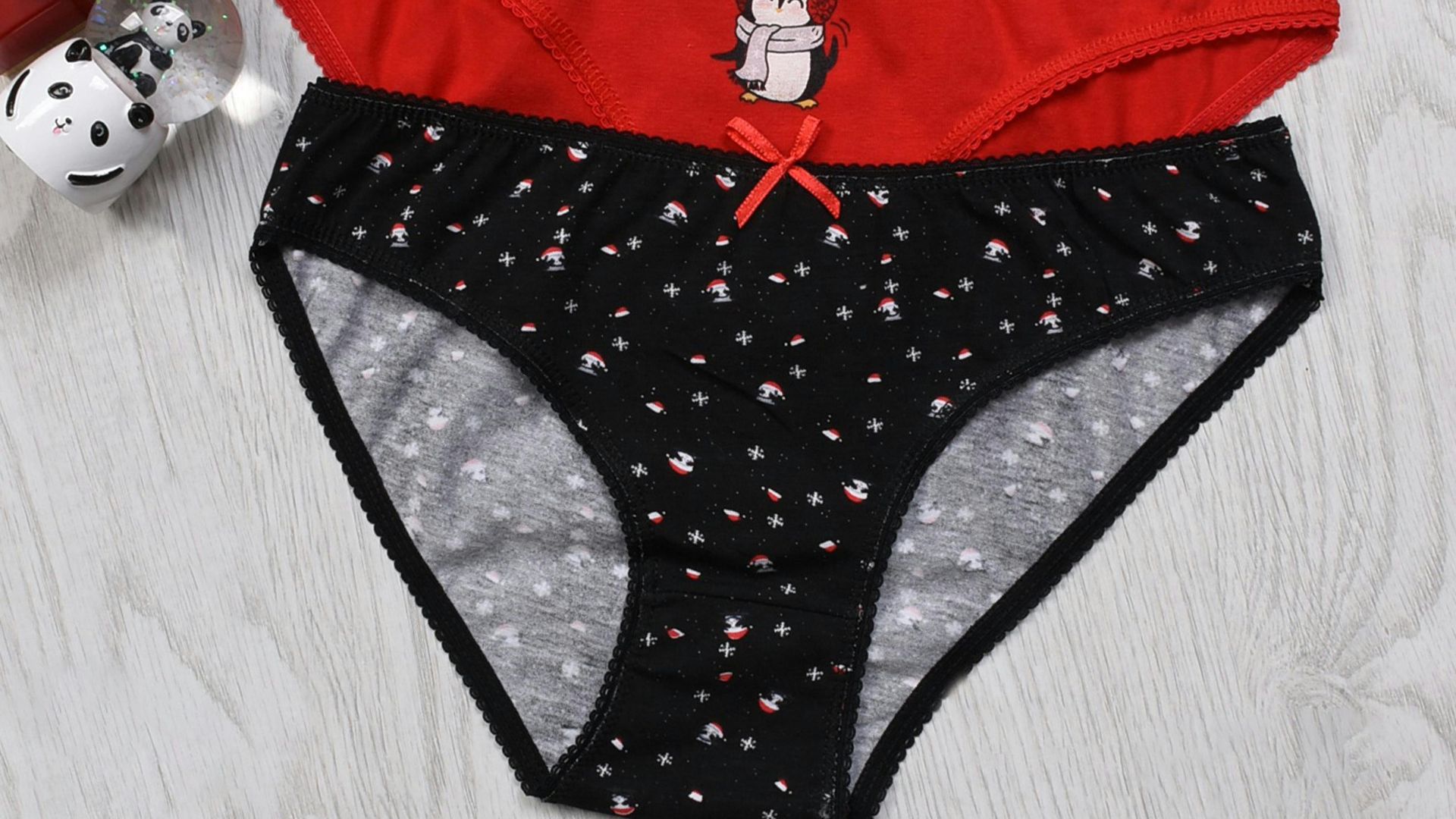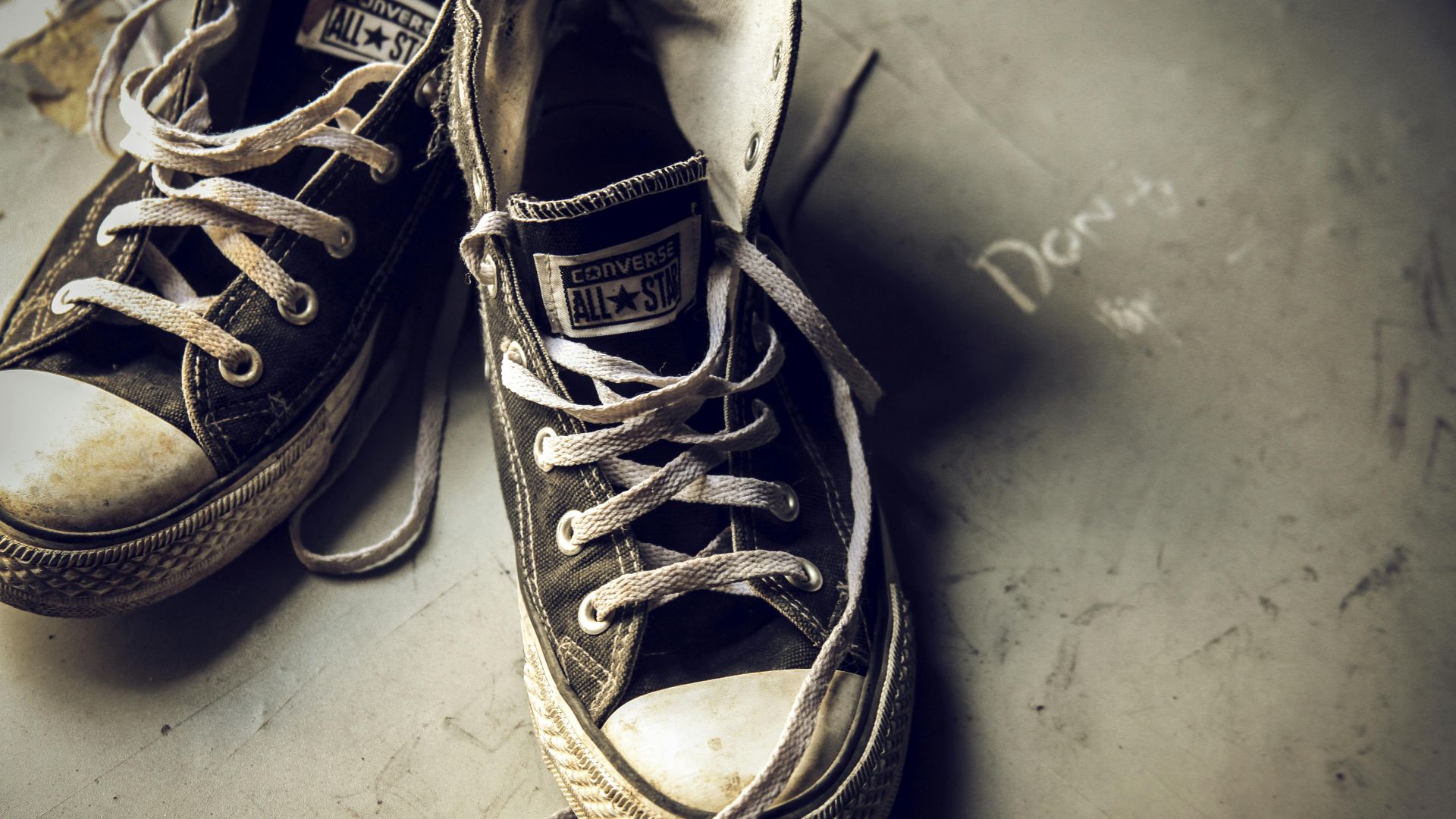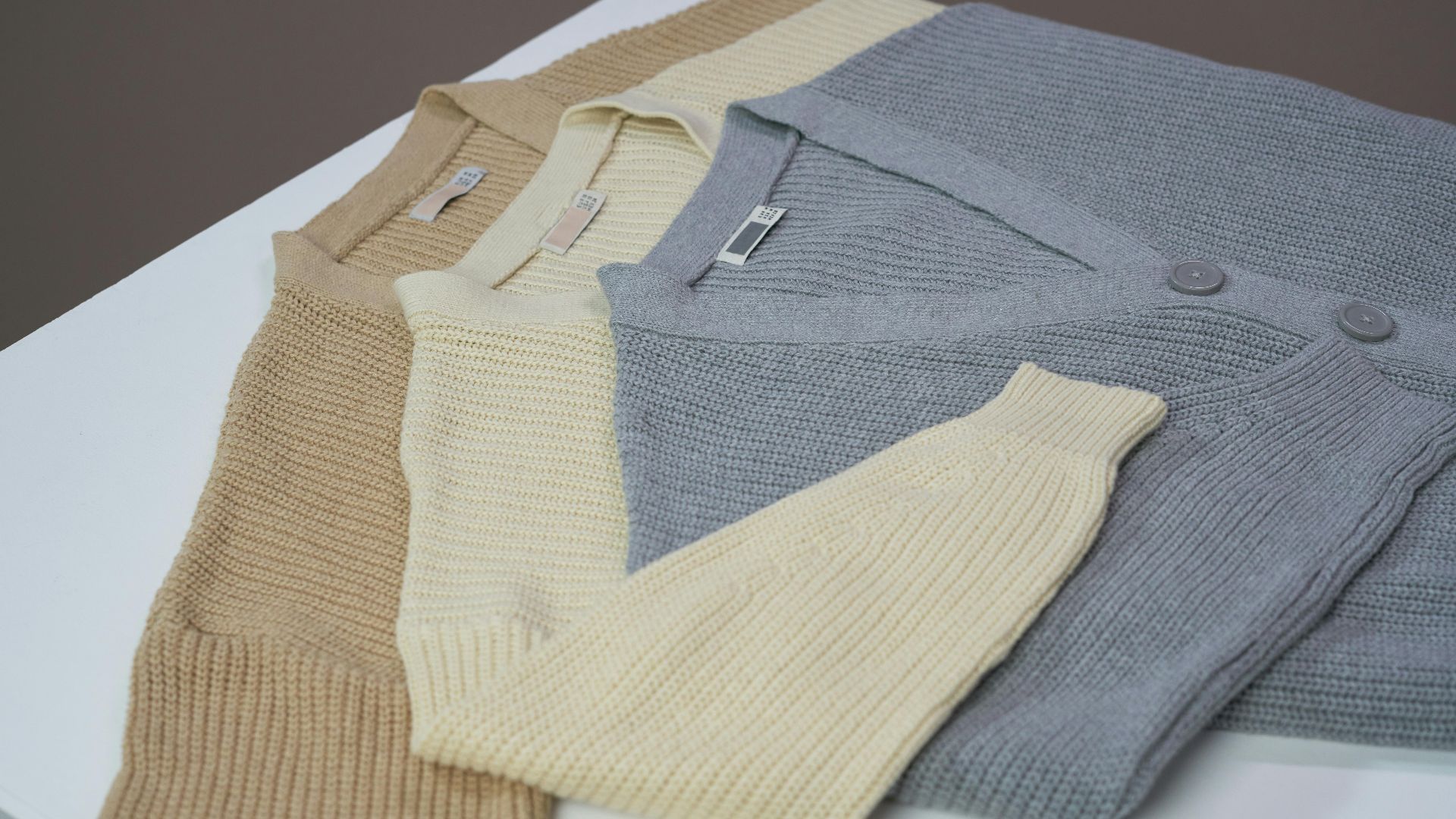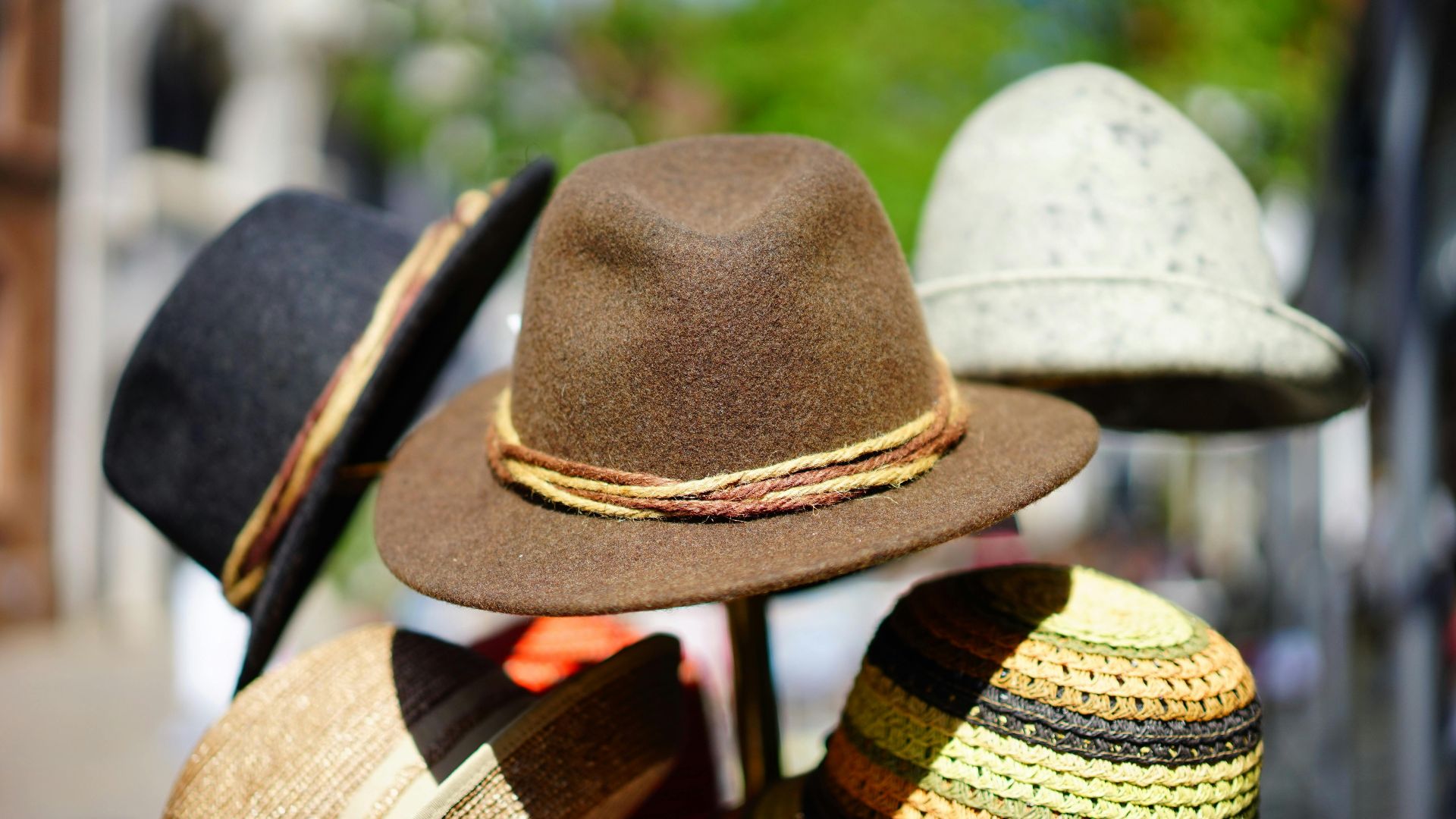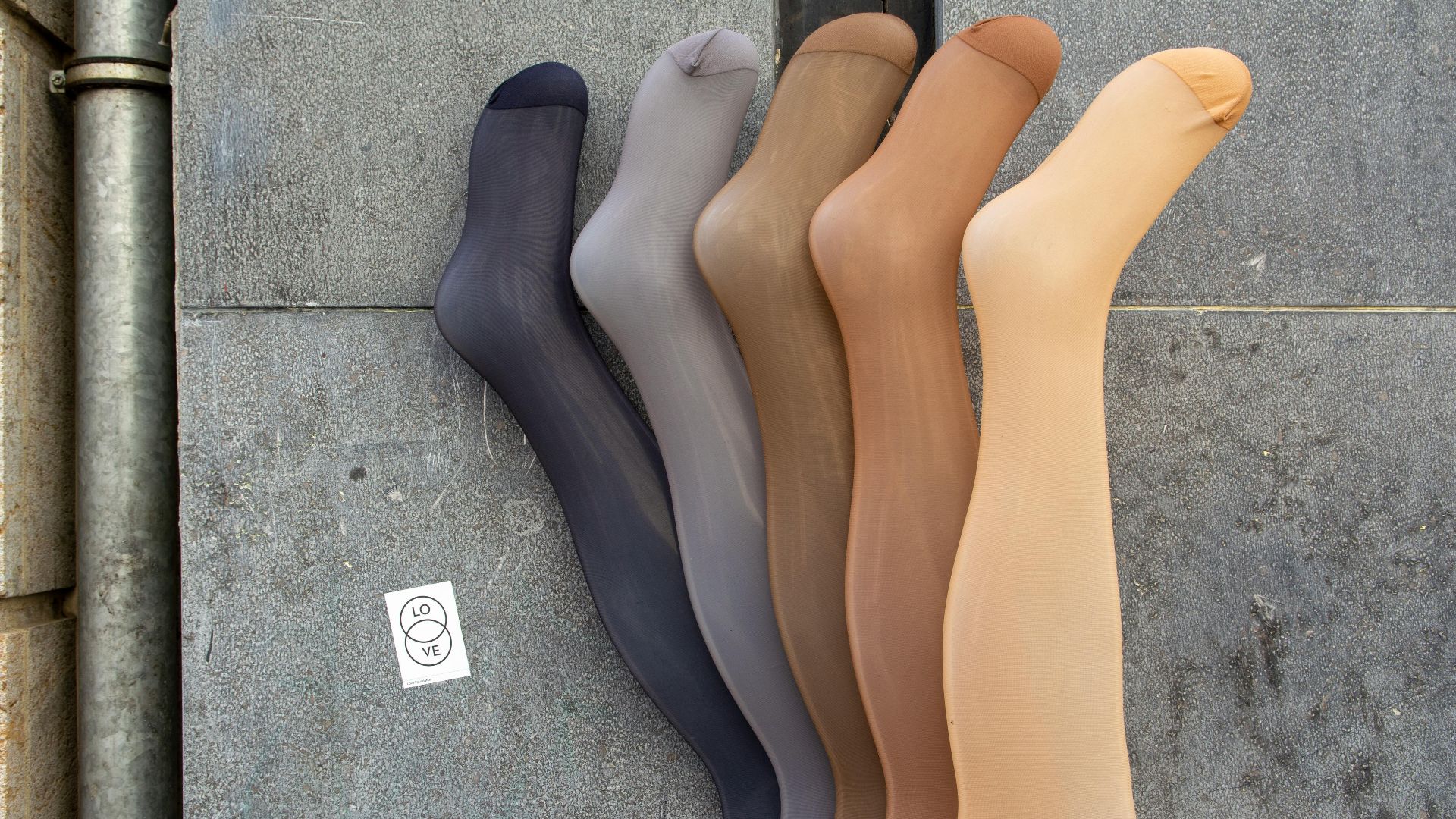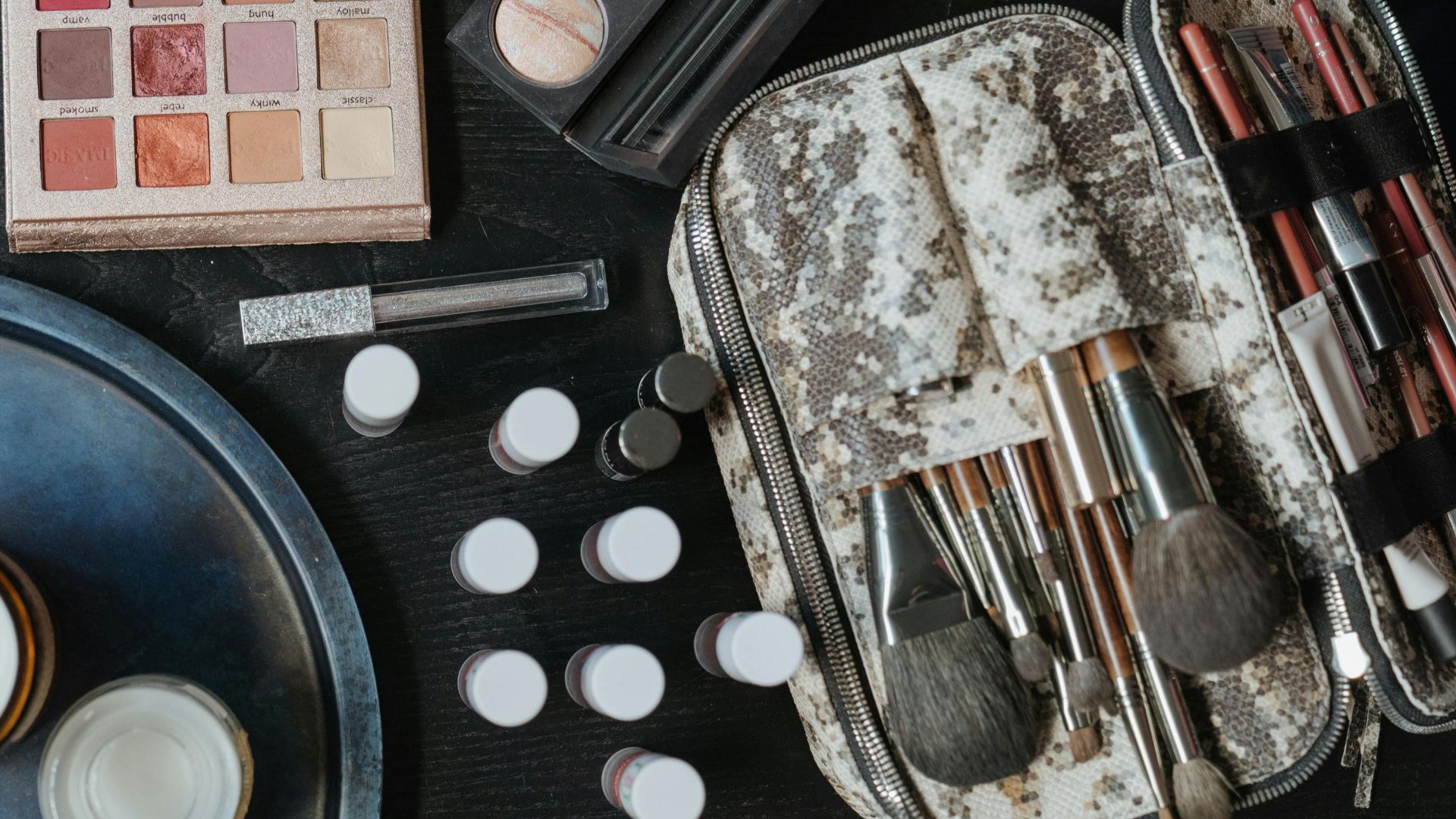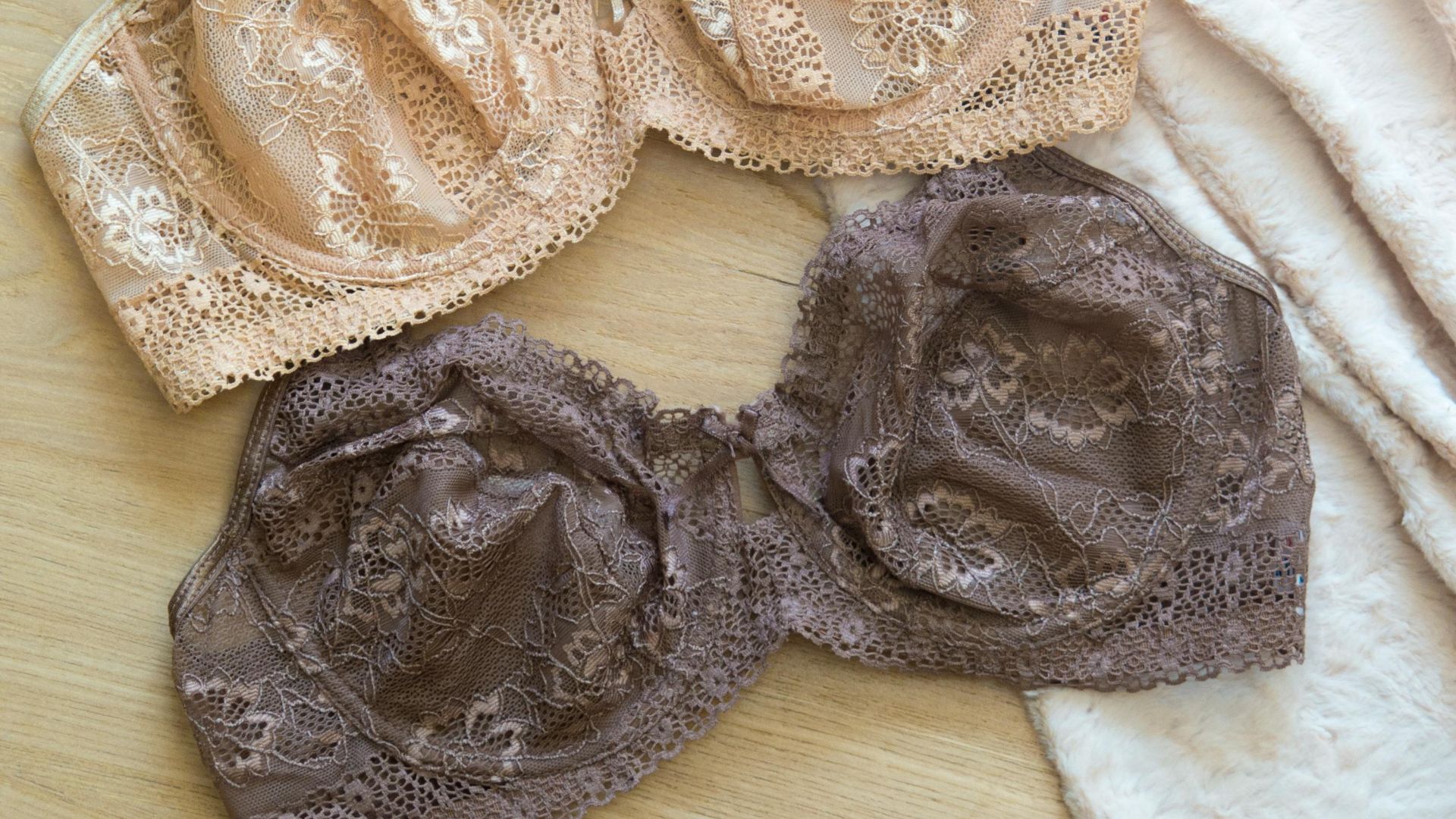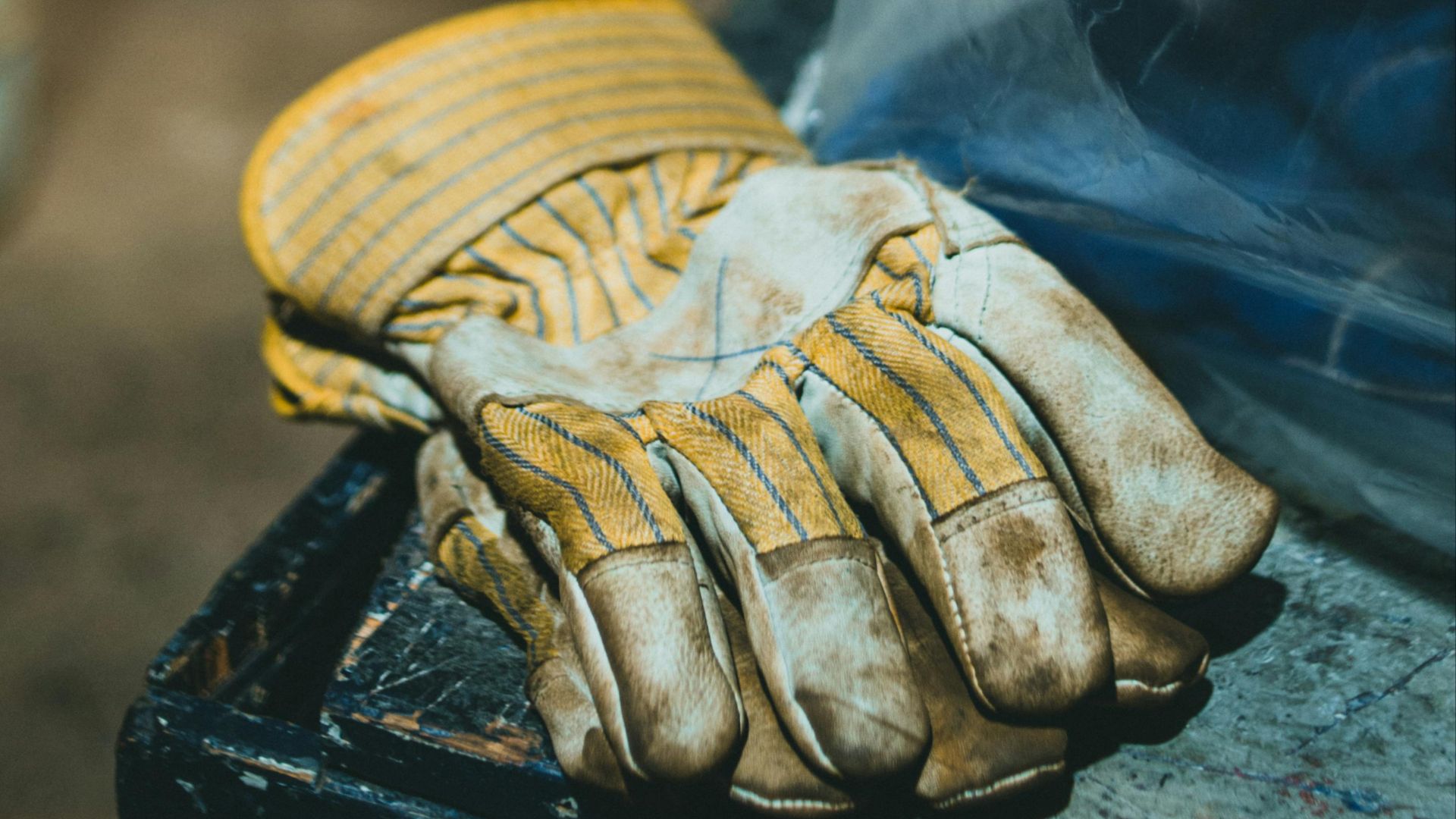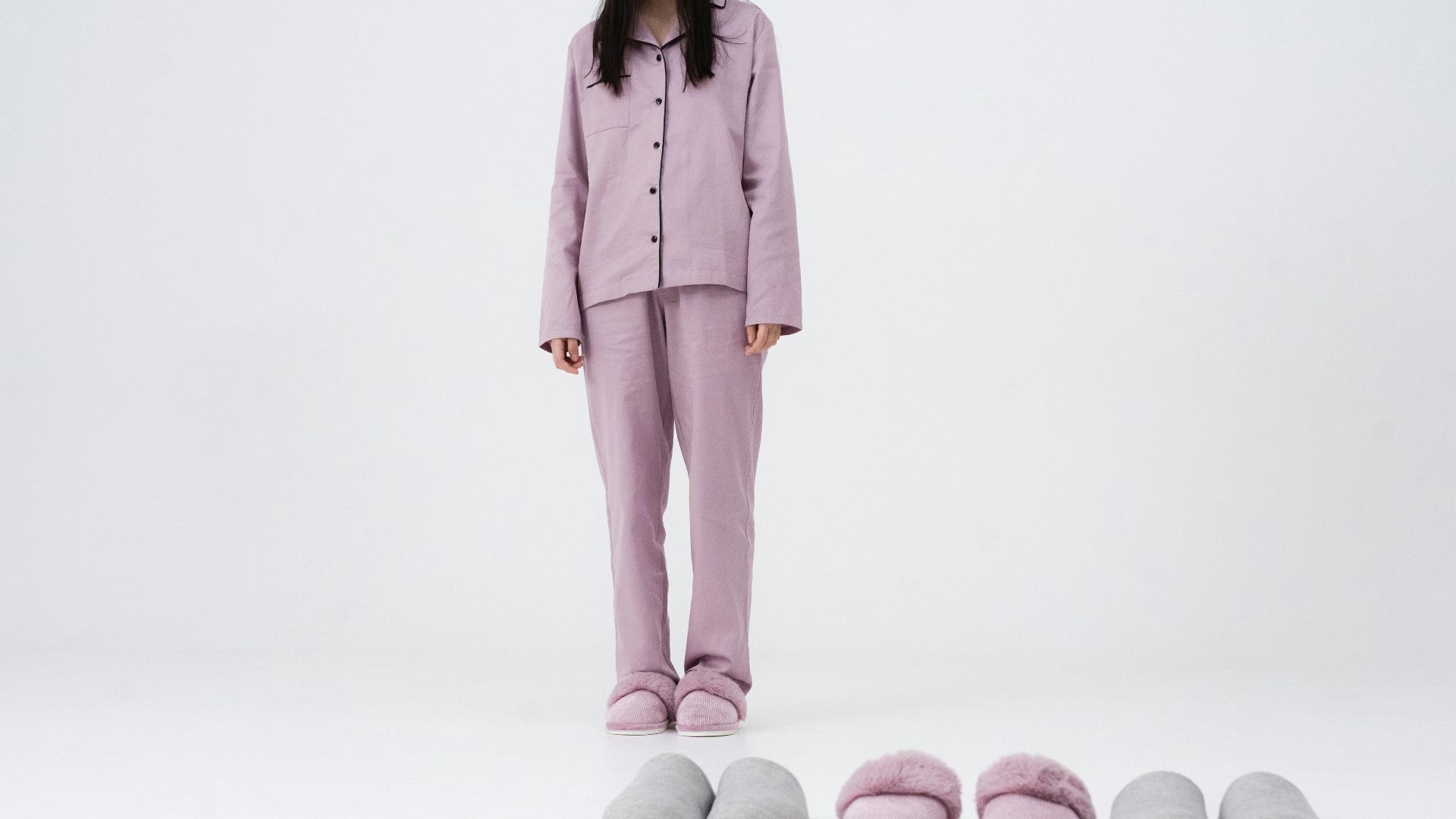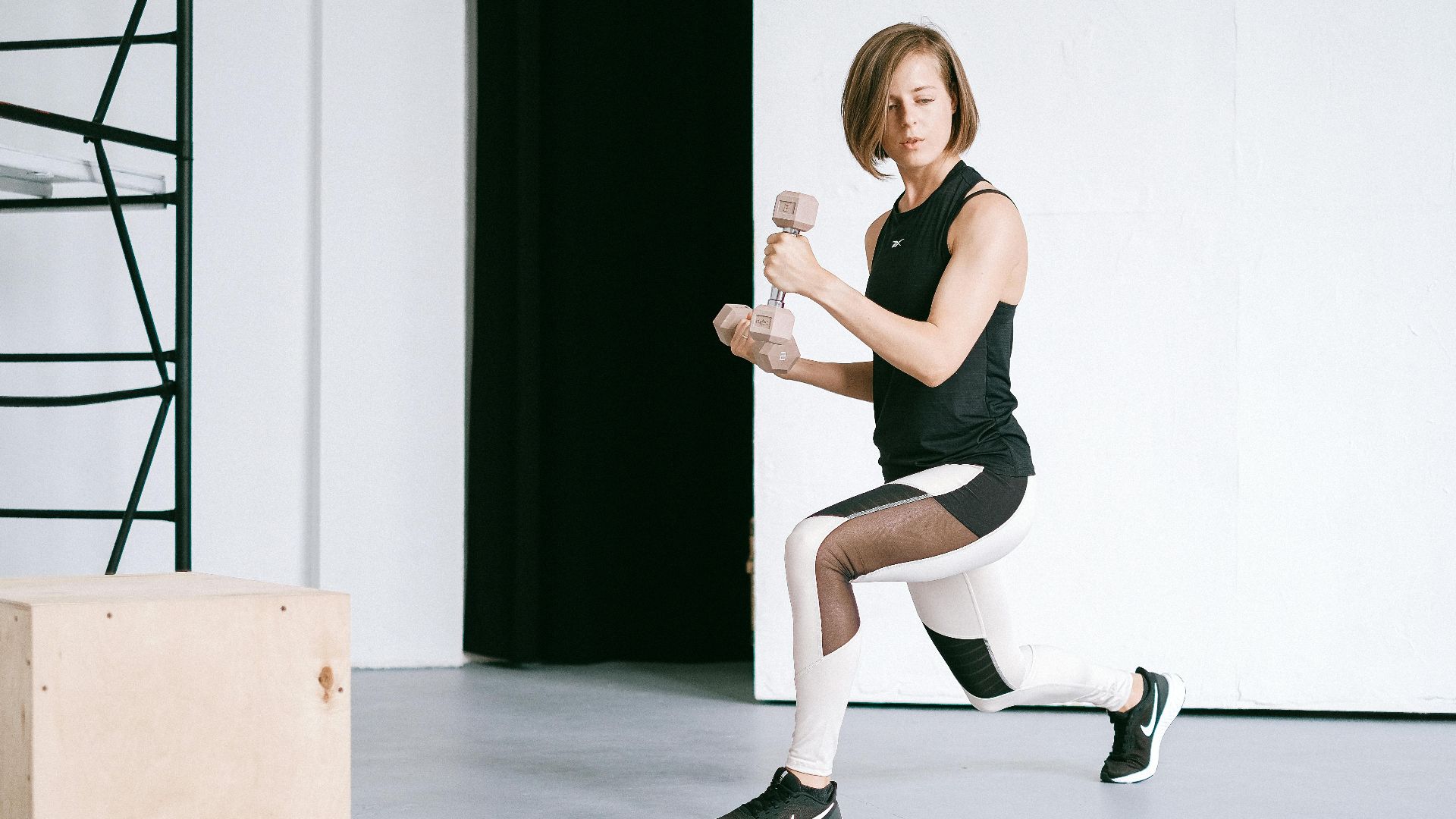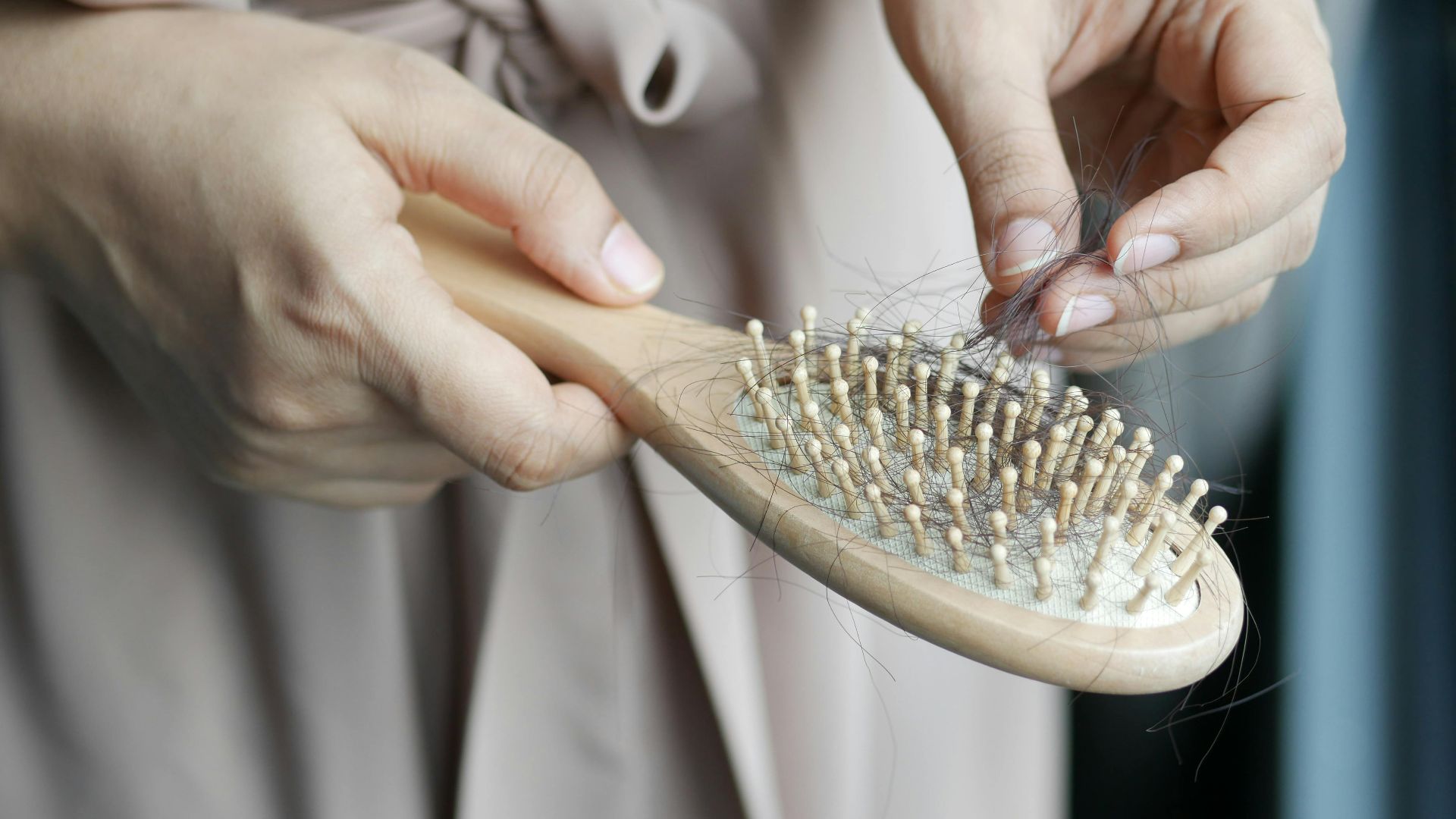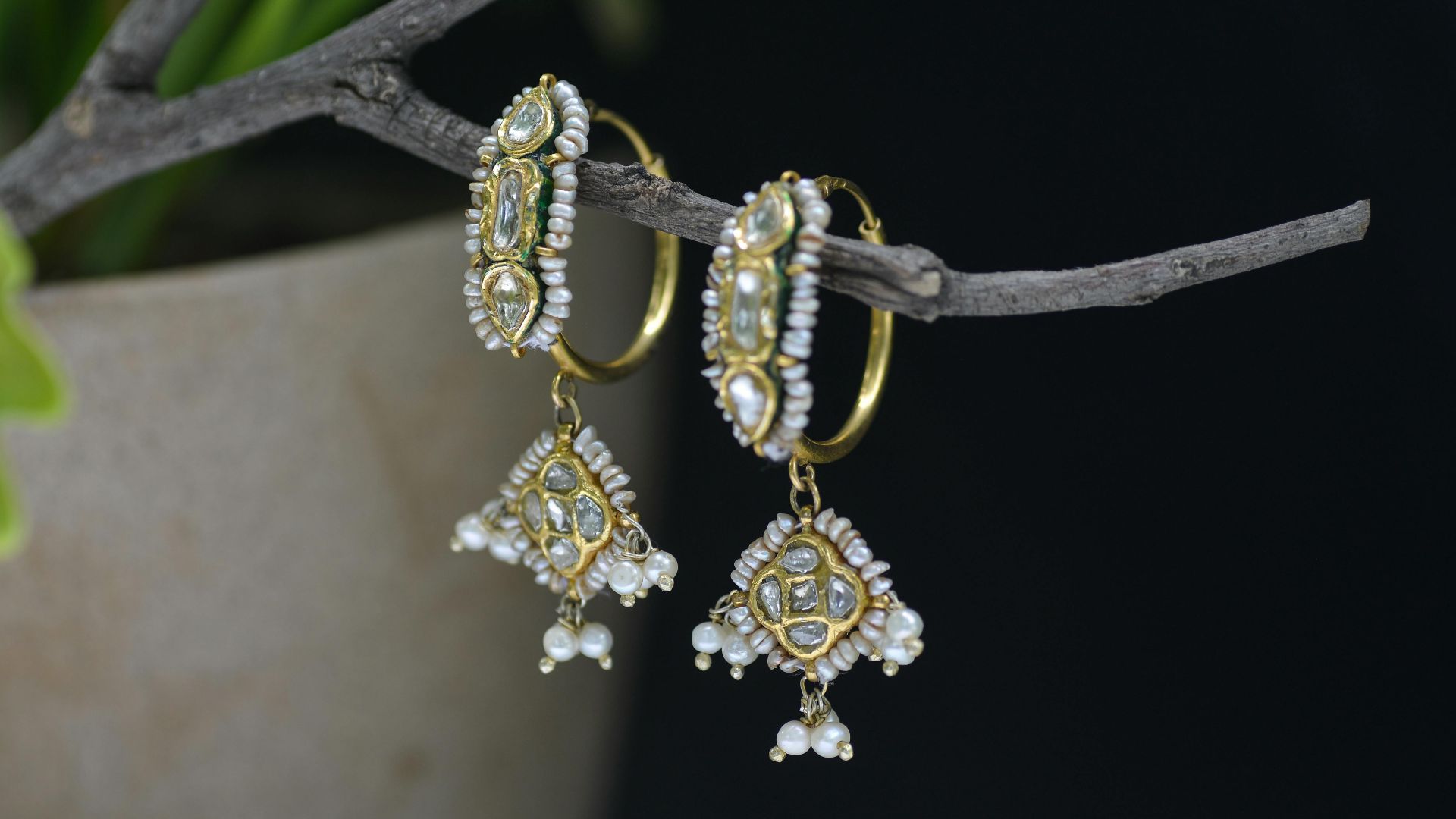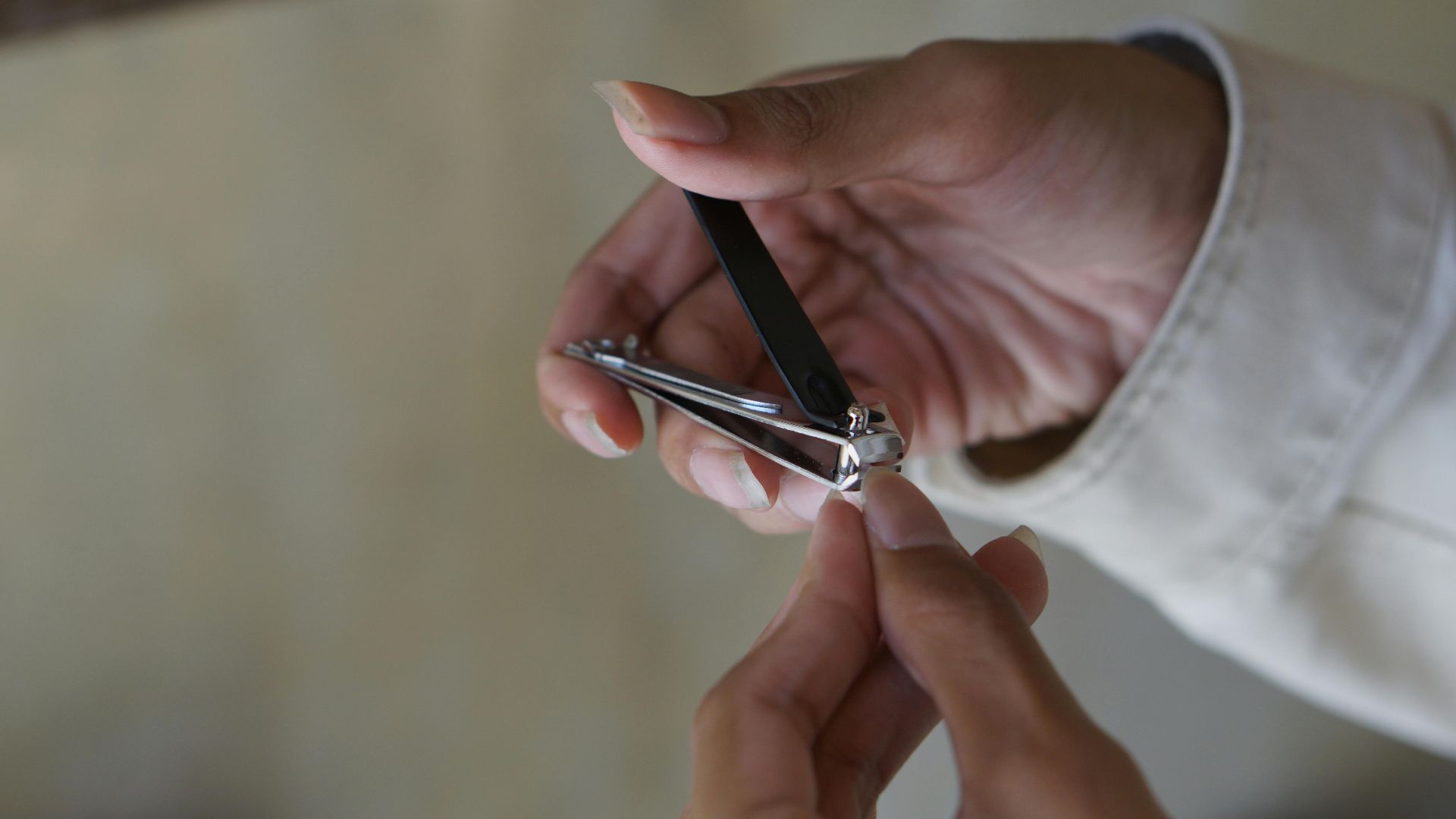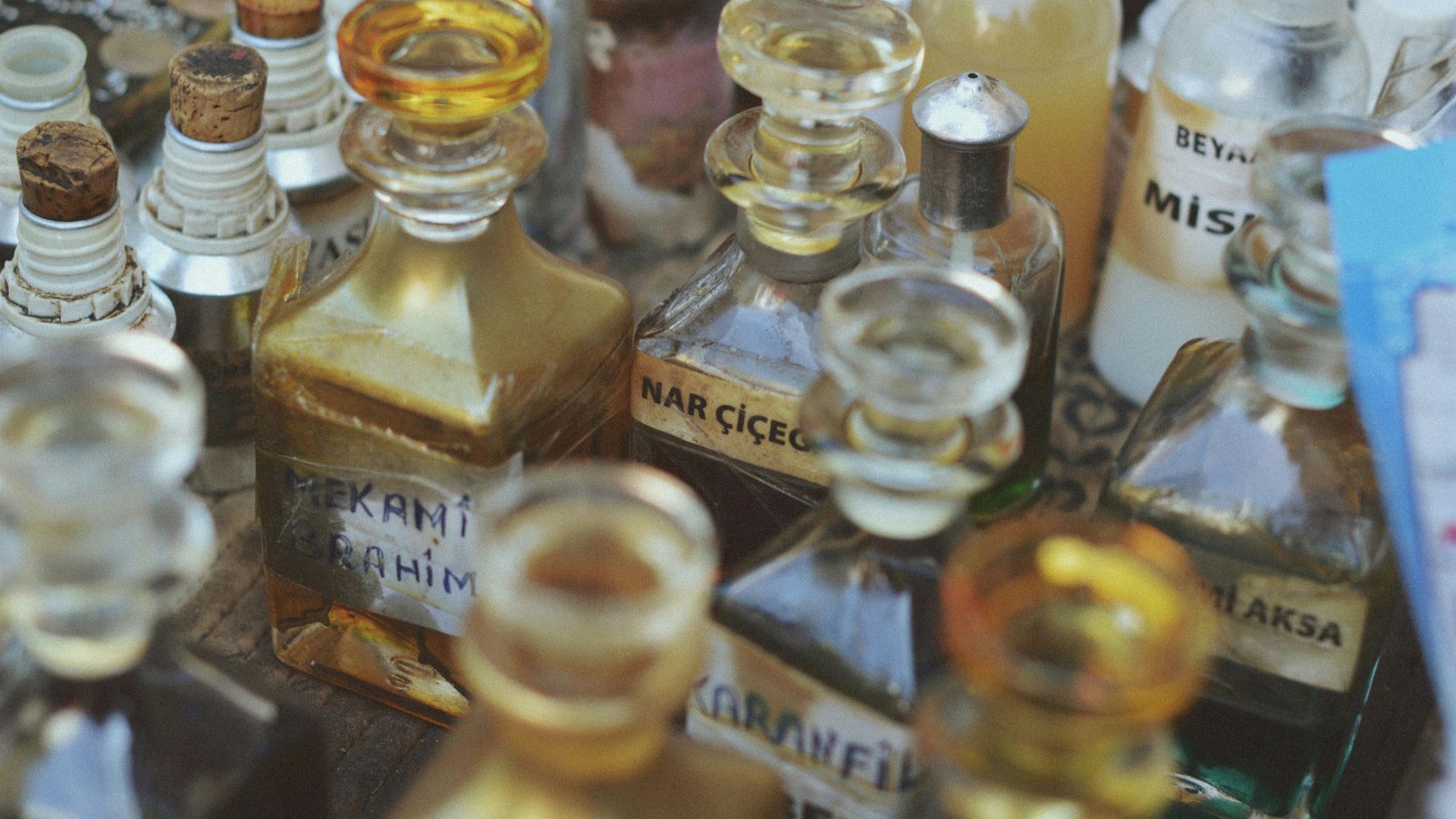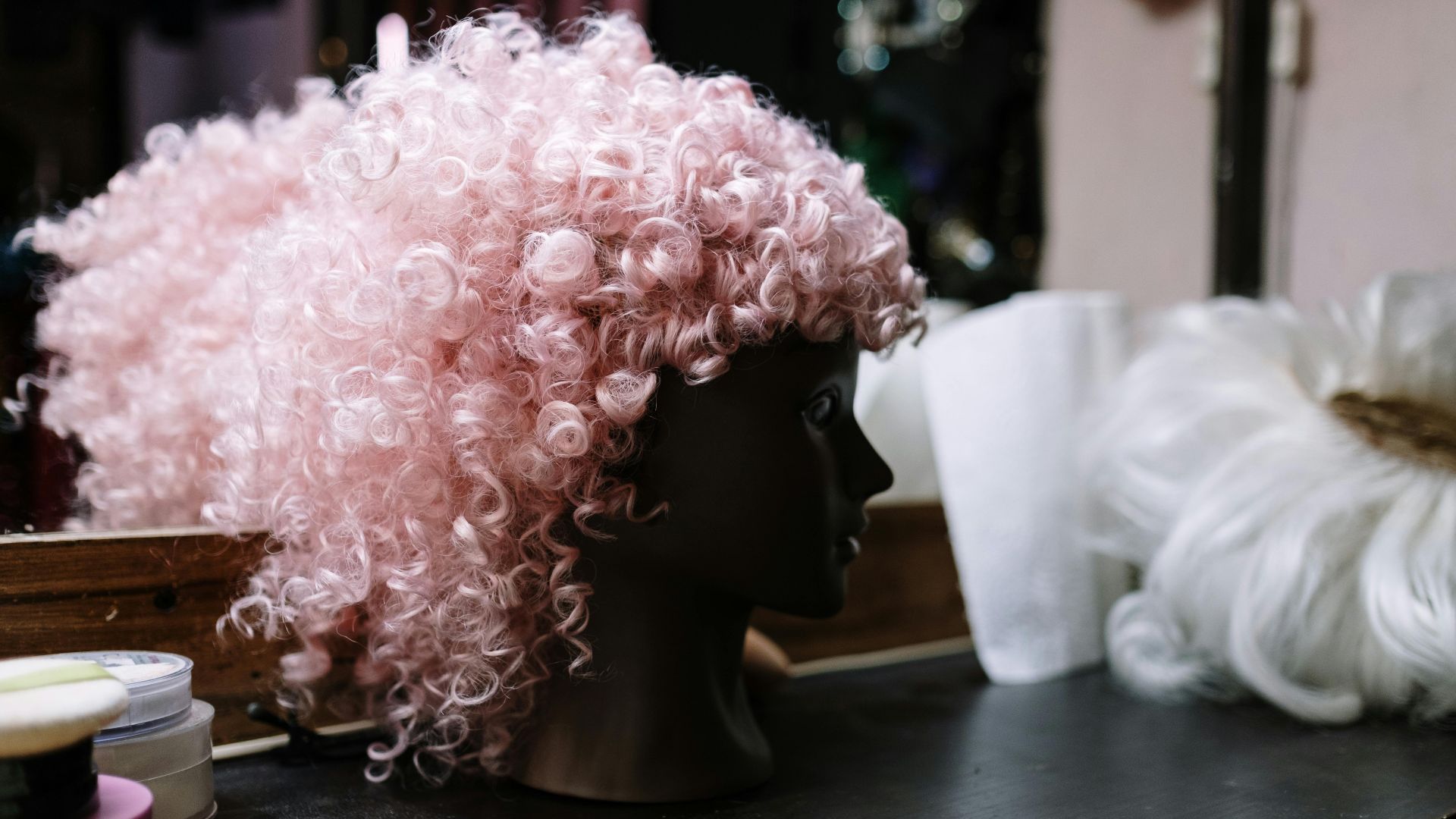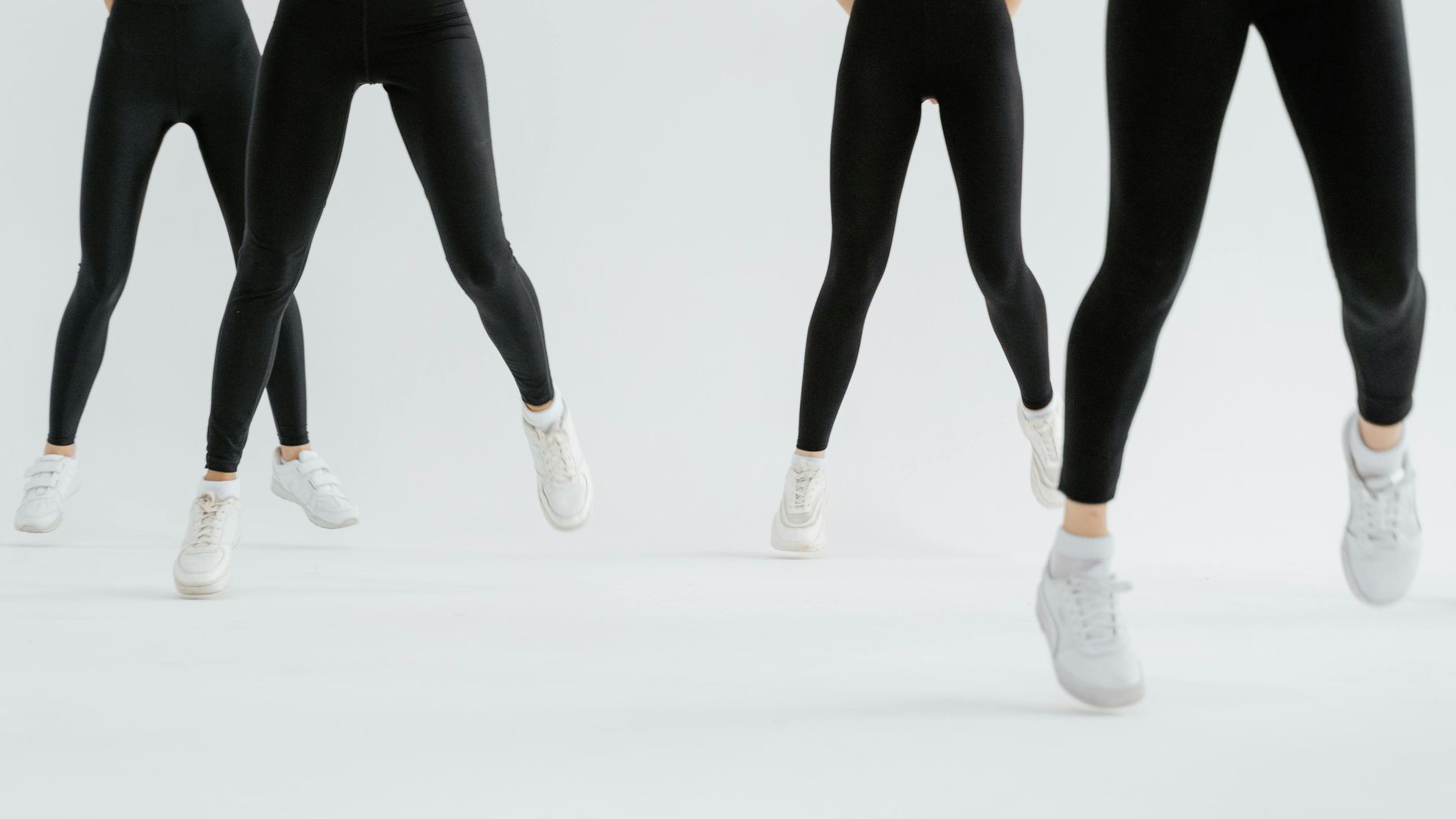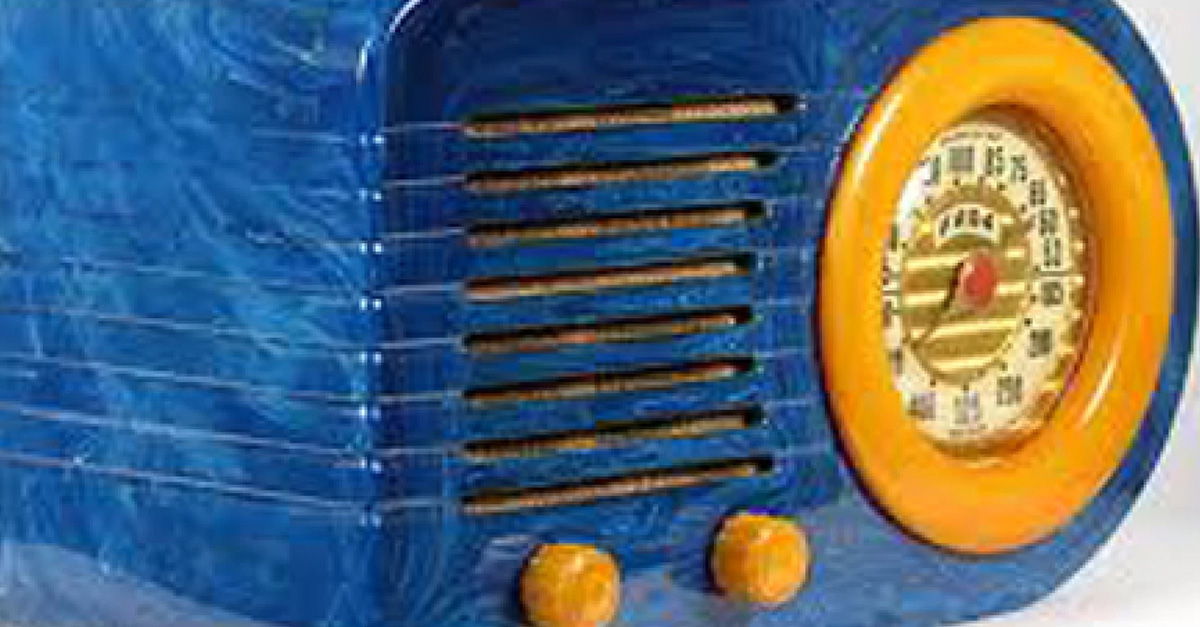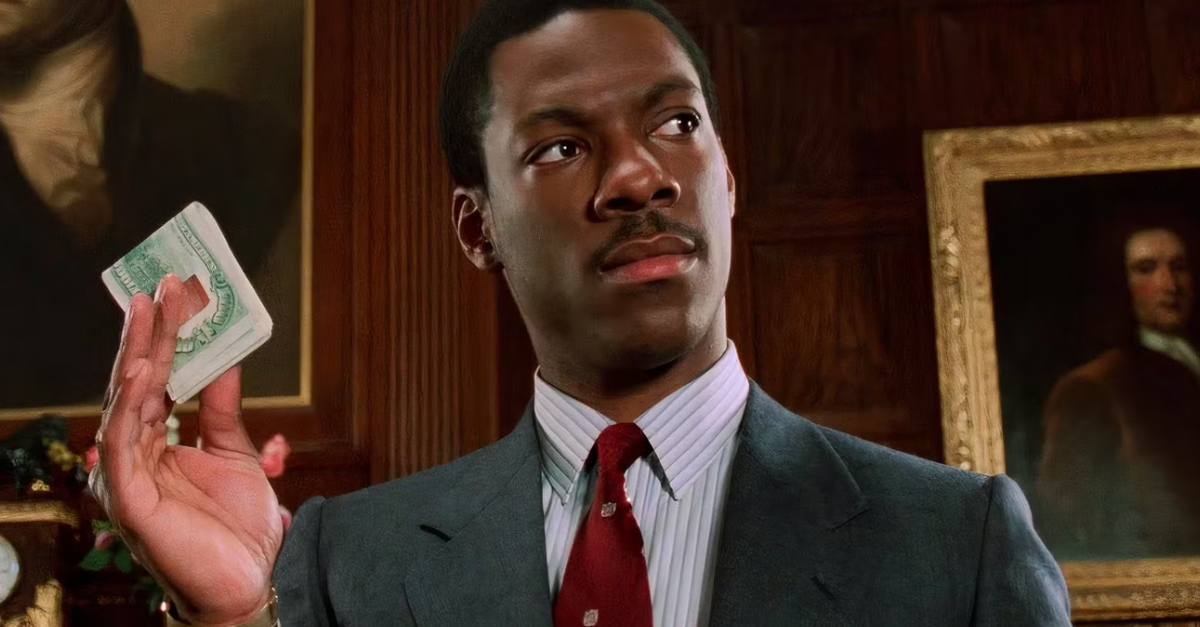If It’s Not New, Don’t Get It
Secondhand shopping is an art of balance. While it champions sustainability and budget-friendly finds, certain items carry risks that outweigh their thrifted charm. Discover why some wardrobe essentials should always be purchased new for optimal style and hygiene.

Undergarments
When shopping for undergarments, the smart choice is always buying new rather than secondhand. These intimate garments quickly lose their essential elasticity and support over time with regular wear and washing. More critically, used undergarments pose serious hygiene risks from direct skin contact and potential bacterial transmission.
Swimsuits
A swimsuit starts deteriorating after its first swim; sun, chlorine, and pool chemicals slowly weaken the spandex, robbing it of elasticity and shape. Beyond losing support, the damaged fibers and unsanitary lining create a warm, damp space where bacteria thrive, and this poses hidden risks to sensitive skin.
Socks
Picture two identical pairs of socks, one fresh from the store and one secondhand. While the new pair offers pristine elastic and hygienic peace of mind, its pre-owned counterpart harbors stubborn bacteria that survive washing, compromised structural integrity, and sometimes, lingering odors.
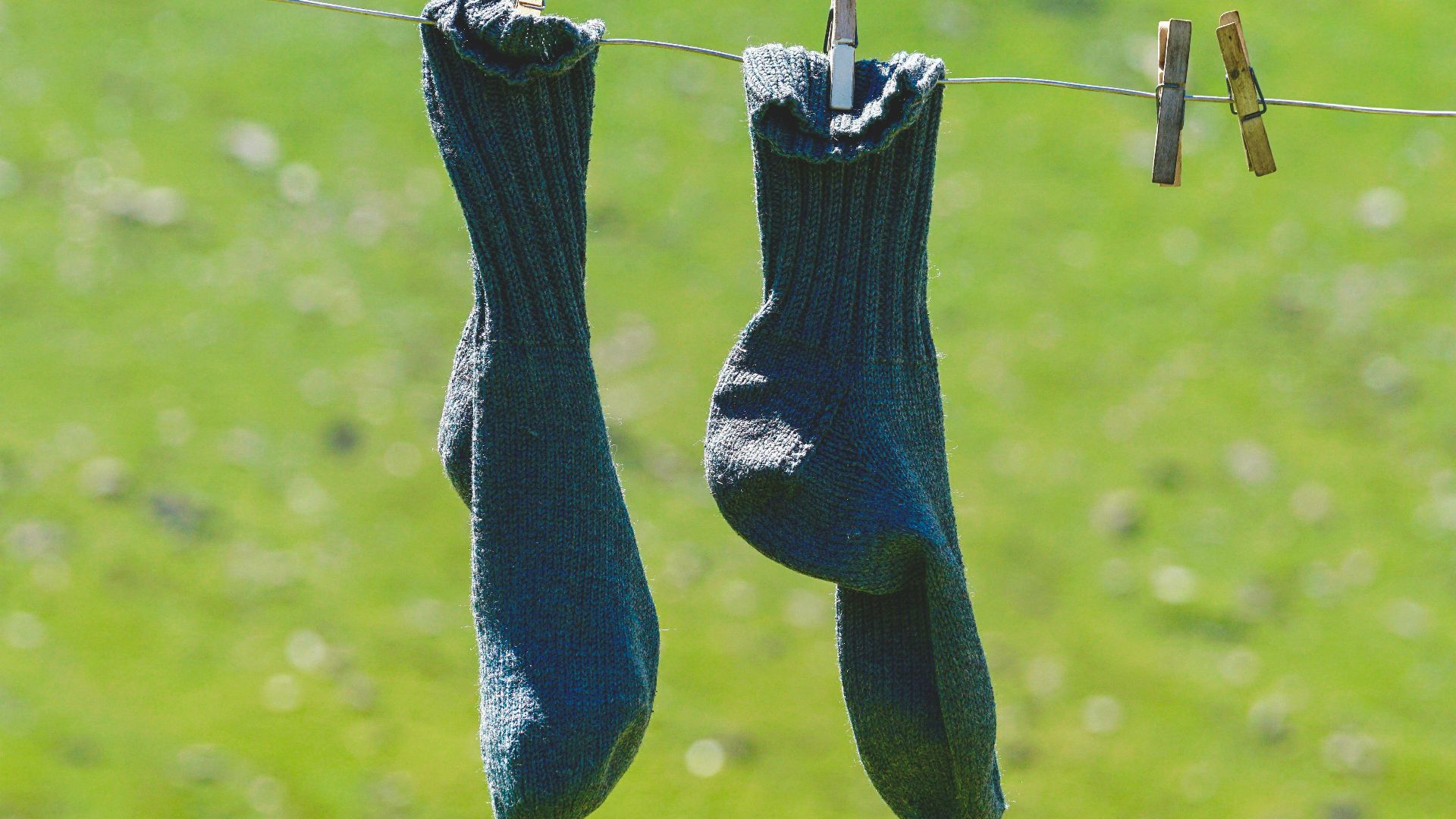 Susanne Jutzeler, suju-foto, Pexels
Susanne Jutzeler, suju-foto, Pexels
Shapewear
Like a faithful companion, shapewear develops an intimate memory of its first wearer's form through sustained contact and compression. This personalized bond cannot be transferred since the fabric's molecular structure gradually yields to repeated wear and washing. This leaves secondhand pieces stripped of their vital elasticity and integrity.
 SPANX BEFORE AND AFTER | HOW TO CHOOSE THE RIGHT TYPE OF SHAPEWEAR by Thessely Juliet
SPANX BEFORE AND AFTER | HOW TO CHOOSE THE RIGHT TYPE OF SHAPEWEAR by Thessely Juliet
Worn-Out Shoes
From a biomechanical standpoint, worn-out shoes disrupt the body’s natural alignment. Flattened insoles and weakened soles remove essential support, straining muscles and joints. Worse, the footbed retains another person’s imprint—causing misalignment—and if the previous wearer had a lingering fungal infection, your feet could inherit far more than their old style.
Stretched-Out Knitwear
Fresh knitwear drapes with precision and structure, enhancing natural body lines through calculated tension and elasticity. Yet this pristine state gradually deteriorates with repeated wear and washing, which permanently distorts the fiber structure. This irreversible transformation from fitted to formless significantly diminishes secondhand desirability.
Pilled Sweaters
Even the finest sweater starts deteriorating with its first wear. Continuous friction weakens fibers, causing them to tangle and form the telltale fuzzy pills of aging fabric. Though high-end knits resist longer, every sweater eventually succumbs—making pre-pilled, secondhand ones a poor choice for both longevity and appearance.
 The Best Way To Remove Pilling & Lint From Clothes by Fashion Wizardry
The Best Way To Remove Pilling & Lint From Clothes by Fashion Wizardry
Faded Black Clothing
This one is a no-brainer. Black garments serve as foundational pieces for all outfits, and getting them faded just makes you look unkempt. Through repeated washing cycles, pristine blacks steadily surrender their rich depth to detergent exposure. This deterioration process ultimately compromises professional polish.
 Faded clothes will regain their deep black color – try this method! by Clever Hacks
Faded clothes will regain their deep black color – try this method! by Clever Hacks
Stained White Clothing
Here’s another no-brainer: buying stained white clothing. These marks often prove stubborn to remove, leading to permanent yellowing and discoloration that only worsens over time. No wonder secondhand shoppers tend to skip white items altogether since those lingering stains and odors are deal-breakers.
Used Hats
Under microscopic analysis, hat fibers reveal complex matrices that trap microscopic debris from previous wearers. These textile networks become repositories for accumulated scalp oils and colonizing bacteria that create an environment where allergens and odors become deeply embedded. This makes thorough sanitization virtually impossible for secondhand headwear.
Used Tights Or Hosiery
Hosiery fibers create two fundamental challenges: high absorption rates that trap bacteria between stretched elastic strands, and gradual deterioration of polymer chains that maintain elasticity. These material properties make secondhand tights particularly problematic, as invisible wear and inadequate sanitization capabilities render them an inadvisable purchase.
Used Makeup Bags
It looks cute, sure, but those stubborn makeup stains might hide more concerning problems beneath the surface. Not only do these secondhand items harbor difficult-to-remove product residue, they're also breeding grounds for bacteria that can compromise your cosmetics and pose real hygiene risks during daily beauty routines.
Secondhand Bras
While many garments maintain their integrity through multiple wearers, bras tell a different story. What appears serviceable on the rack quickly reveals the harsh reality of compromised elastic fibers, deteriorating underwire support, and irreversibly stretched fabric. When you see these while bargain buying, skip.
Used Gloves
Fresh gloves provide essential protection and insulation through pristine materials and intact structures. Worn ones may have compromised barriers, and their interiors may have collected dead skin cells, sweat, and oils, not forgetting stubborn bacteria. Sometimes, even thorough cleaning may not be sufficient.
Used Sleepwear
Many assume a thorough wash renders secondhand sleepwear perfectly clean and safe to wear. The reality is that these intimate garments trap nasty buggers and dirt deep within their fibers night after night. While careful laundering may help, it may sometimes not entirely eliminate these embedded residues.
Used Workout Clothes
Moisture-wicking technology revolutionized workout wear by keeping athletes dry and comfortable—but this innovative solution created an unexpected downside. Those same high-tech fabrics that brilliantly pull sweat away from your skin become stubborn harbors for bacteria and odors, often resisting thorough cleaning and potentially compromising both hygiene and performance over time.
Some Used Hair Accessories
Many hair accessories accumulate residue from styling products, oils, and scalp buildup, which can lead to dandruff or greasiness. Over time, their bristles and mechanisms degrade, and even lice or eggs may linger unseen. If the material absorbs moisture—like wood or fabric—skip secondhand entirely.
Used Earrings
Whether pierced or clip-on styles, used earrings can host stubborn bacteria and viruses in their crevices that resist basic cleaning methods. Without professional sterilization, these accessories pose a serious risk of infection through skin contact.
Used Nail Tools
Professional salons rely on specialized autoclave equipment to properly sterilize nail tools, eliminating harmful bacteria and fungi. Home cleaning methods simply cannot match this level of sanitation. Even seemingly clean used tools can have dangerous pathogens.
Costume Jewelry With Tarnish
That charming vintage costume necklace might seem like a steal, but beware: tarnished pieces can leave telltale marks on your skin that go beyond mere discoloration. Once the plating deteriorates, skin irritation becomes a real concern. While clear nail polish offers a tempting, quick fix, it's temporary at best.
 How To Clean Your Sterling Silver Jewelry At Home With Baking Soda by Luke Zion Jewelry
How To Clean Your Sterling Silver Jewelry At Home With Baking Soda by Luke Zion Jewelry
Used Perfume Bottles
Light exposure gradually alters the fragrance composition, and heat accelerates molecular breakdown. Air contact leads to oxidation, and prior use risks contamination, creating a perfect storm of uncertainty. Even though vintage bottles charm collectors, wearing mysterious pre-owned fragrances remains an unwise gamble.
Worn Leather Jackets
The appeal of a perfectly aged leather jacket—that coveted vintage patina—could mask the harsh realities of secondhand wear. While leather conditioner might remedy minor dryness, pre-worn pieces typically bear permanent body-conforming creases and deep cracks that defy restoration.
Old Wig Pieces
Professional wig care demands proper sanitation, precise cap fitting, and meticulous fiber maintenance to ensure both safety and appearance. Unfortunately, secondhand costume pieces and wigs inherently defy these standards by harboring deeply embedded pathogens and styling residues that resist thorough cleaning.
Shapewear Leggings
Wondering if secondhand shapewear leggings could save you money? Professional garment specialists caution against this seemingly thrifty option. The technical compression materials in these pieces steadily degrade through repeated wear and washing cycles. What’s left behind are pieces that can't provide their intended support.
Heavily Used Handbags
Personal stylists warn against heavily used designer handbags, citing a cascade of deterioration: frayed straps compromise structure, stubborn stains resist cleaning, and broken hardware undermines integrity. While luxury houses like Louis Vuitton offer restoration services, experts ultimately recommend pursuing gently used bags with intact stitching.

